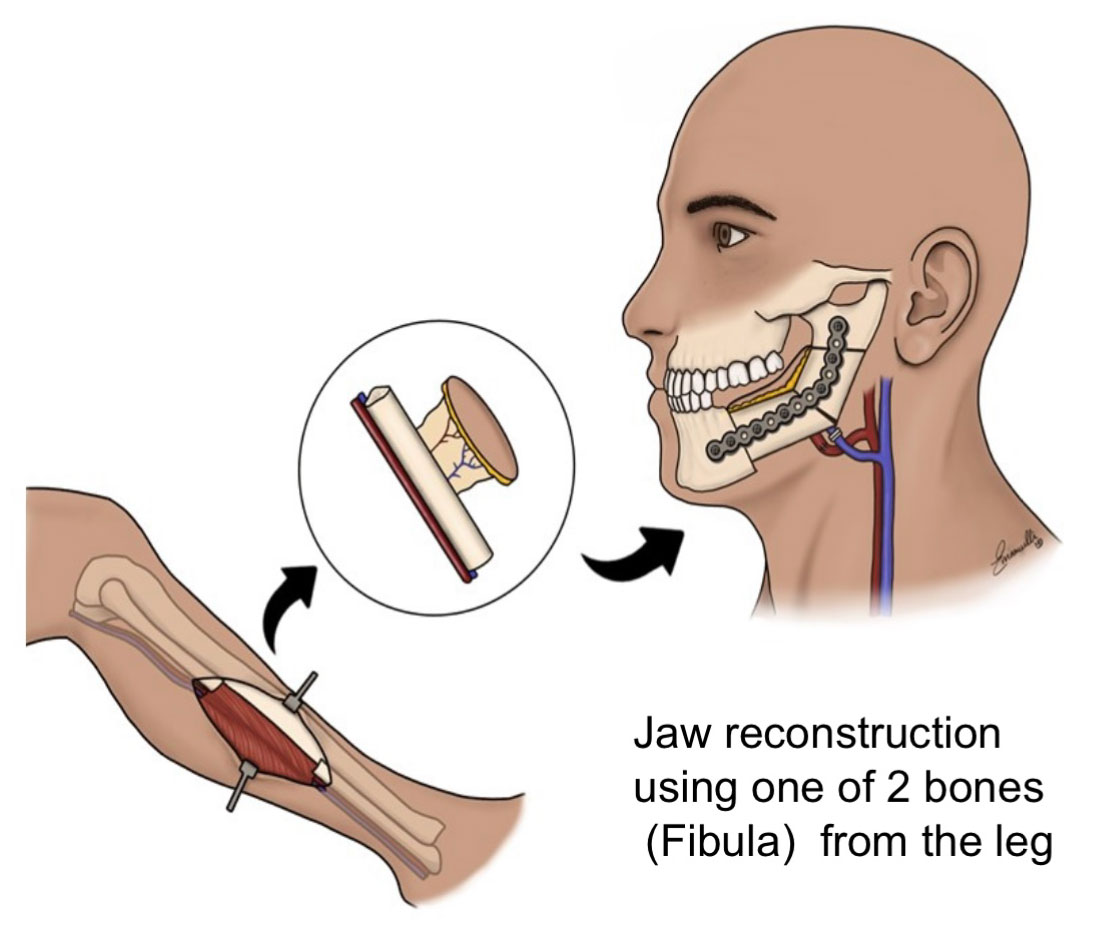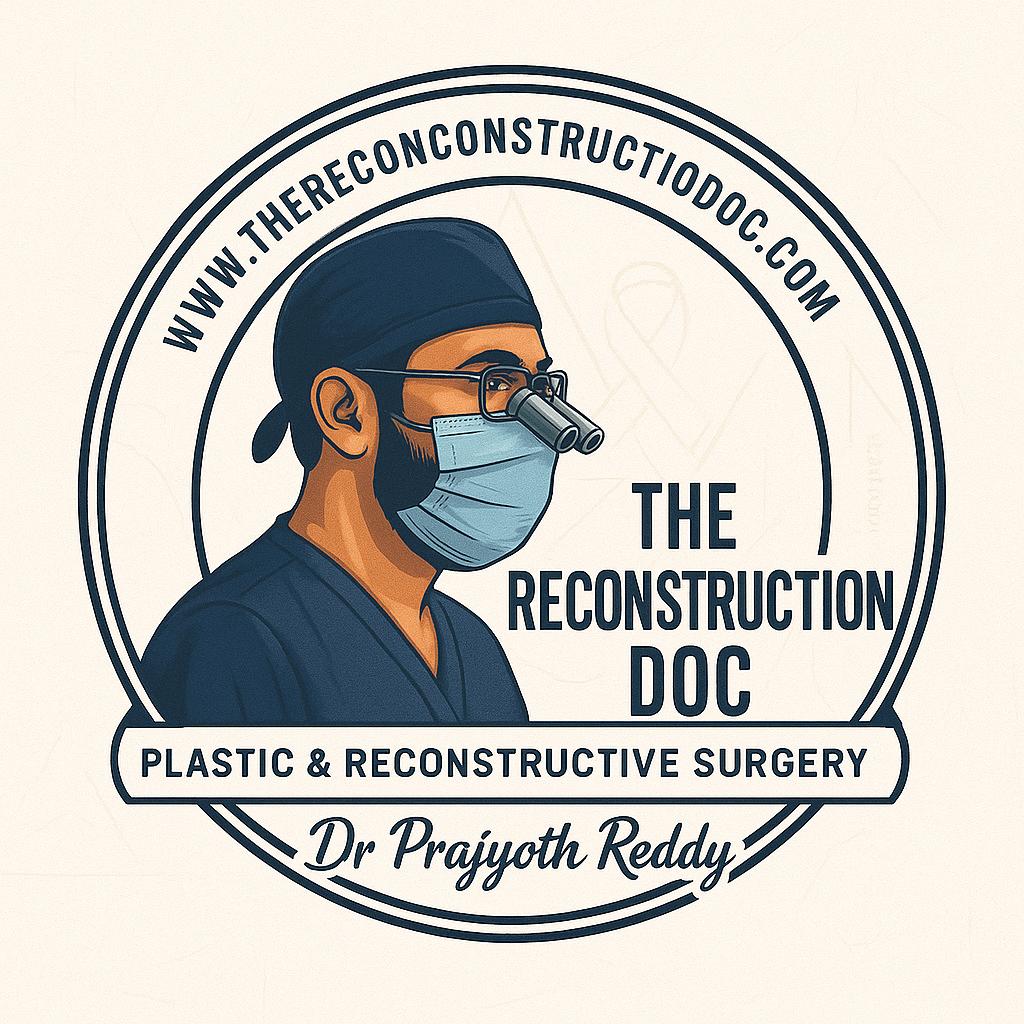Buccal Mucosa Reconstruction
- Home
- Buccal Mucosa Reconstruction
About Buccal Mucosa Reconstruction
It’s a surgical procedure to rebuild or repair the inside of the cheek using tissue from the same area or another part of the body. The aim is to:
Reconstruction Options:
The type of reconstruction depends on how big the defect is and where it is inside the mouth.
Primary Closure:
- If the missing area is small, the surgeon can simply stitch the edges
together. - Fast and simple.
- No extra tissue is needed.
Buccal Fat Pad Flap:
- There is a natural pad of fat inside the cheek.
- This fat can be gently moved to cover small to medium-sized wounds inside
the mouth. - Works well, especially for back of the cheek areas.
- Heals quickly with low risk.
- High chances of atrophy after Radiation, can lead to deformity
Nasolabial Flap:
- Restores facial symmetry
- Improves ability to chew and speak
- Allows placement of teeth/dental implants later
- Boosts confidence and quality of life
Submental Flap:
- Tissue is taken from the upper neck area, just below the chin.
- It’s rotated into the mouth.
- Matches the color and texture of the inside of the cheek.
- Common in elderly patients or those who can’t undergo long surgeries.
Free Flap Surgery (For large or complex defects)
This is the standard of care for Head & Neck cancer reconstruction.
In this advanced method, tissue is transferred from a different part of the body and connected to tiny blood vessels in the neck using microsurgery
Common Free Flap Options for Buccal Mucosa Reconstruction
Radial Forearm Free Flap (RFFF):
- Tissue from inner forearm (thin, flexible skin)
- Ideal for lining the inside of the mouth
- Matches the delicate texture of buccal mucosa
- Can include skin, fat, fascia, or even tendon if needed
- Heals well; scar on forearm is usually minor
Great option when both cheek and skin of the face or neck are removed
Anterolateral Thigh Flap (ALT):
- Tissue is taken from the outer thigh
- Contains skin and soft fat
- Offers larger surface area — good for wide or complex defects
- Can be thinned to better fit inside the mouth
- Scar on thigh is easily concealed
Great option when both cheek and skin of the face or neck are removed.
MSAP Flap (Medial Sural Artery Perforator):


- Tissue is taken from the back of the lower leg
- Very thin and pliable, similar to buccal mucosa
- Leaves less noticeable donor site scar than forearm
An excellent choice for thinner, hairless inner lining reconstruction.
How is the Surgery Done?
Surgery Duration & Recovery
- Hospital stay: 4-5 days
- Swelling decreases over weeks
- Patients gradually resume eating, speaking, and oral hygiene
Benefits of Free Flap Reconstruction
- Provides healthy, living tissue that heals well
- Long-term durability with excellent blood supply
- Restores function and appearance
- Improves speech, chewing, and swallowing
- Can withstand radiation therapy after surgery
Get In Touch
Schedule a consultation, ask questions, or explore our expert reconstructive surgery services and compassionate care.

